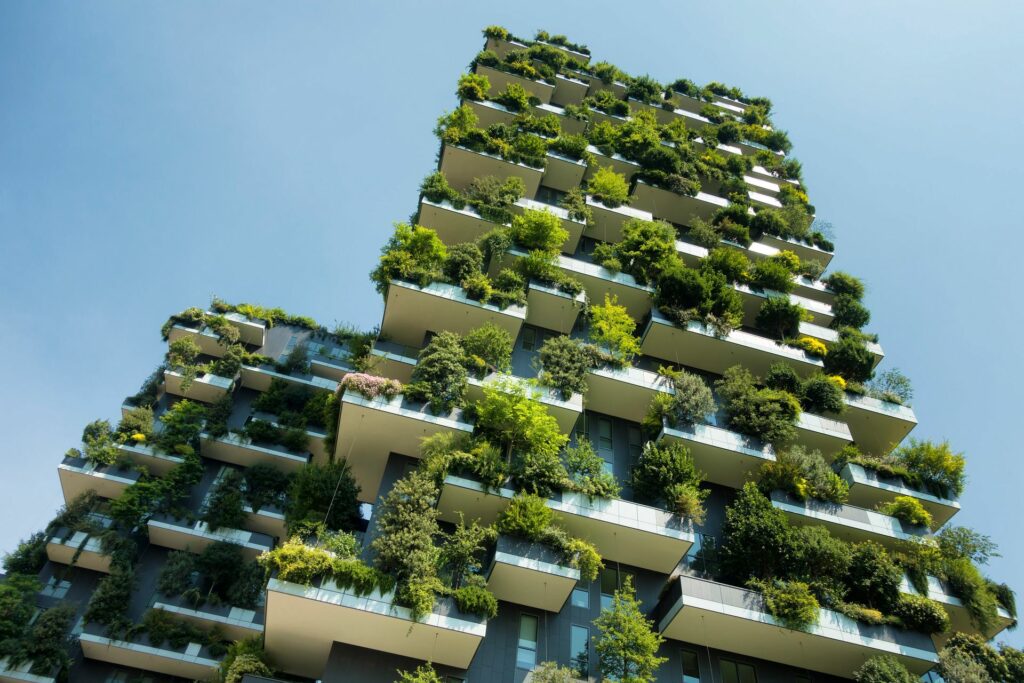India has pledged to achieve net-zero greenhouse gas emissions by 2070, a commitment announced at COP26 in Glasgow. This ambitious target encompasses all key sectors of the economy, including the building sector, which plays a significant role in the nation’s carbon footprint.
The Building Sector’s Carbon Footprint
Currently, India’s building sector accounts for approximately 25% of the country’s greenhouse gas emissions. This figure is projected to rise as urbanization accelerates and new constructions proliferate. Notably, a significant portion of the buildings that will exist by 2070 are yet to be built, presenting both a challenge and an opportunity for sustainable development.

Why Buildings Contribute to Emissions
Buildings contribute to emissions through two primary avenues:
- Embodied Carbon: Emissions associated with the production and transportation of construction materials like cement and steel.
- Operational Carbon: Emissions resulting from the energy consumed during the building’s use, primarily for heating, cooling, lighting, and appliances.
Architects’ Role in Mitigating Emissions
Architects are uniquely positioned to influence both embodied and operational carbon emissions. Here are three strategies to consider:
- Material Selection: Opt for low-carbon materials such as recycled steel, sustainably sourced timber, and low-emission concrete alternatives. Utilizing recycled construction and demolition waste can also significantly reduce embodied carbon.
- Passive Design Strategies: Incorporate design elements that leverage natural light and ventilation, reducing the need for artificial heating and cooling. This includes strategic building orientation, insulation, and window placement.
- Energy Efficiency and Renewable Integration: Implement energy-efficient systems and integrate renewable energy sources like solar panels to minimize operational carbon emissions.
A Sustainable Future Through Design
The path to a net-zero future is paved with thoughtful design and sustainable practices. Architects, by embracing innovative materials and energy-efficient designs, can lead the transformation towards environmentally responsible buildings. This not only contributes to India’s climate goals but also sets a precedent for sustainable development globally.
By prioritizing sustainability in every project, architects can ensure that the structures we build today contribute to a healthier planet for generations to come.
